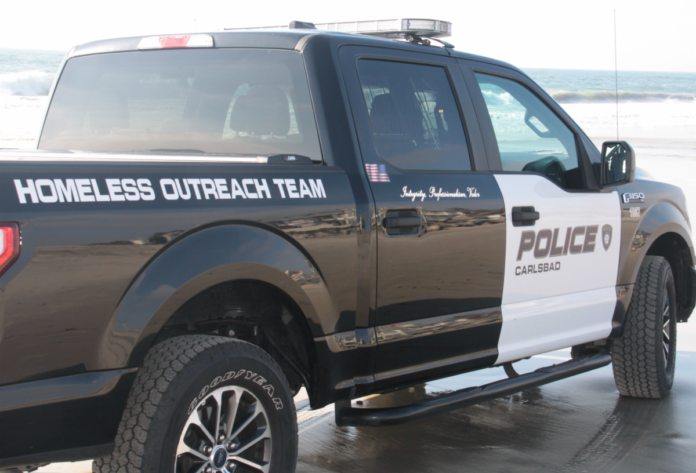The Carlsbad City Council has approved a broad range of measures to increase efforts to reduce homelessness in the city, one of the City Council’s top goals.
The city’s expanded homeless outreach and assistance efforts will include:
A new city employee specializing in helping people access disability and social security benefits, CalWORKS and CalFresh benefits, veteran benefits, stimulus checks, employment programs and other aid available.
Two additional Homeless Outreach Team police officers and a police sergeant for foot and bike patrol.
Two additional contract social workers to help those experiencing homelessness transition to permanent housing. The city has two social workers under contract currently.
Enhancing clinical services at the La Posada Emergency Shelter in Carlsbad.
Operate a one-year hotel/motel room voucher pilot program to provide shelter for women, families, people living in encampments, and those with underlying medical conditions and over the age of 65. Carlsbad has no emergency shelter for women, who make up nearly a third of its identified homeless population. The Federal Emergency Management Agency is a source of funds for the program through September 2021.
Extend and expand the Assembly District 76 program that provides short to medium term rental assistance to help households experiencing homelessness secure and maintain housing with appropriate resources.
Form a homeless action subcommittee of the City Council to address local and regional goals related to homelessness, which would be a standing committee and operate under the Brown Act, similar to other city boards and commissions.
The City Council chose from a range of options staff offered to advance the council’s goal of reducing the homeless unsheltered population by 50% within five years. The City Council will receive quarterly reports from staff working on the city’s Homeless Response Plan to track progress and the effectiveness of individual initiatives.
City staff will return to the City Council April 20 to discuss details of the new goal and formalize other parts of these new programs, including funding, which is estimated to be about $5 million for the first year.


















